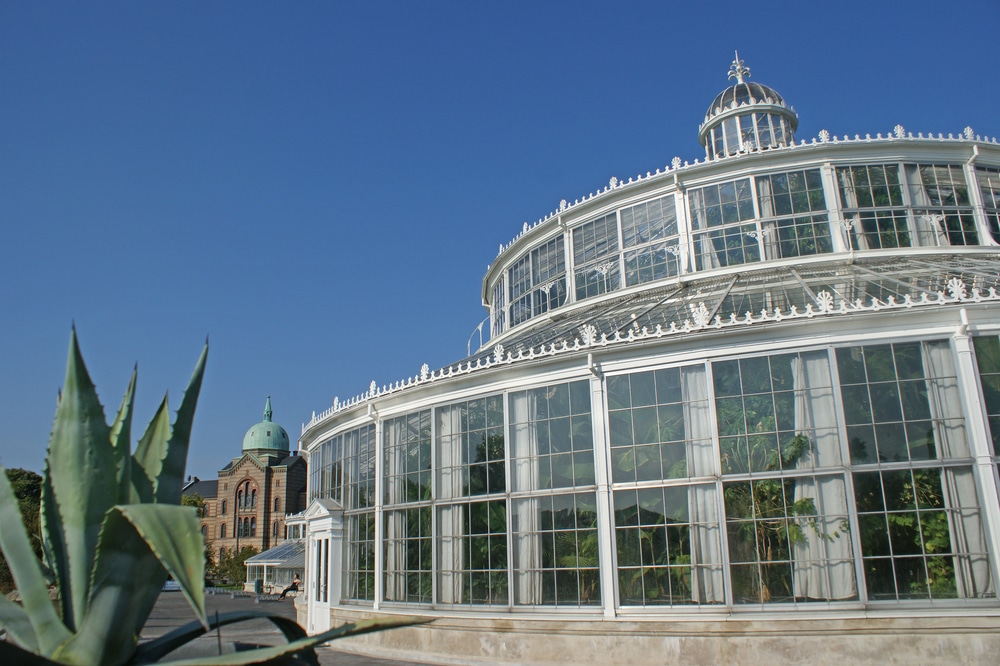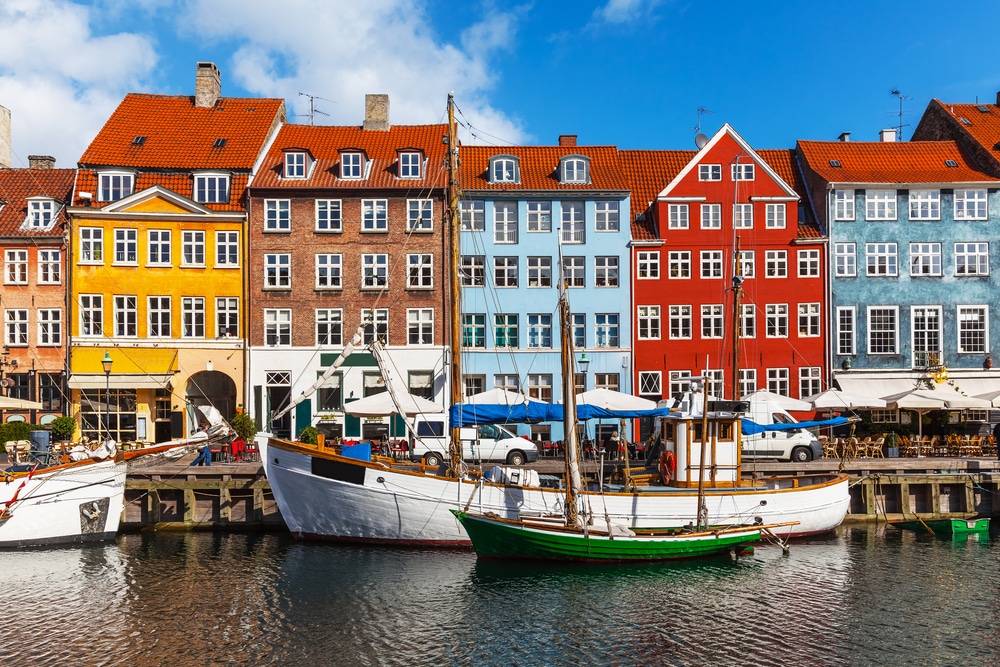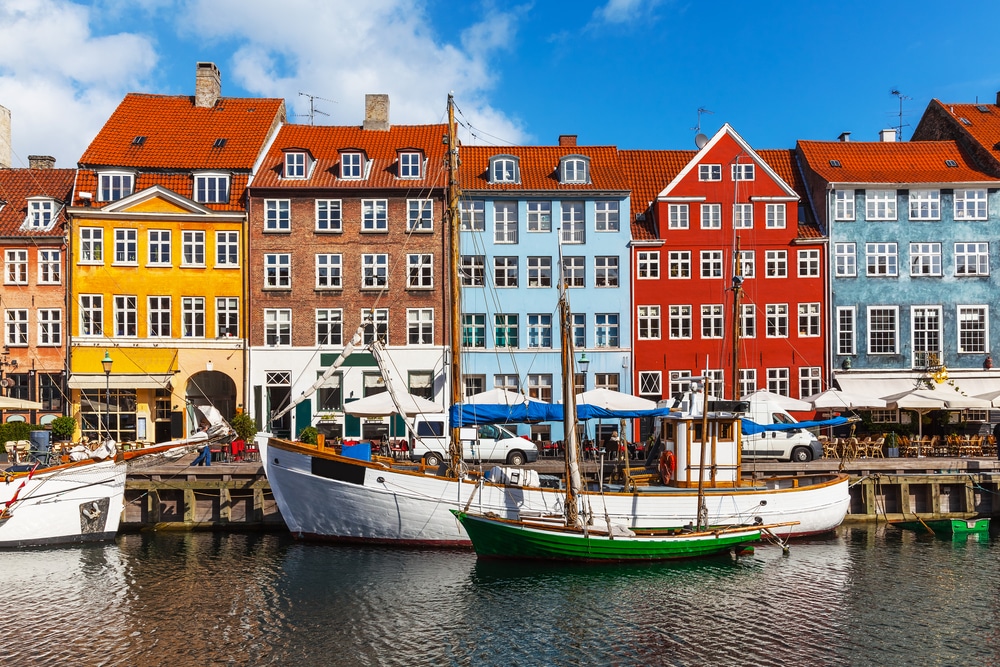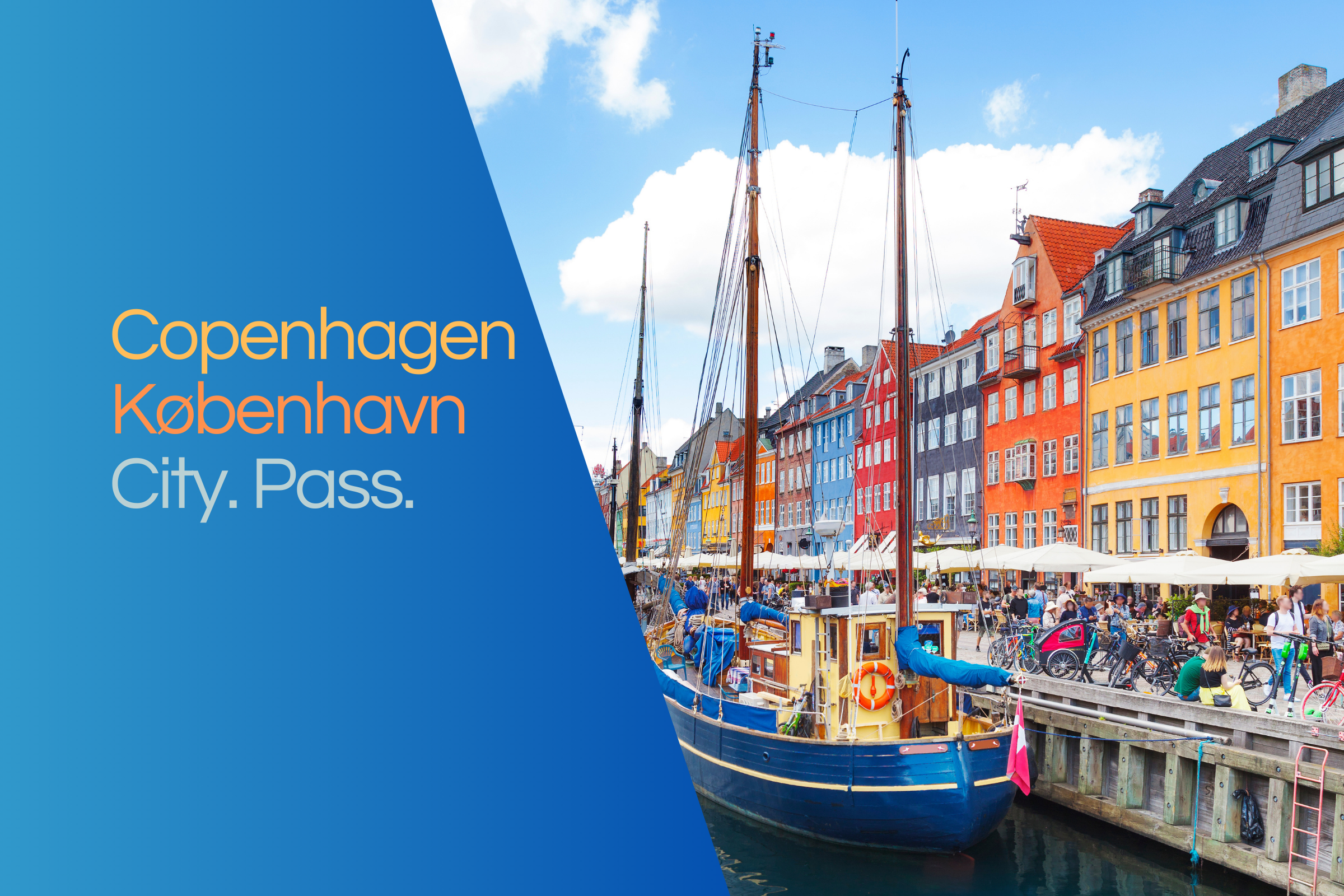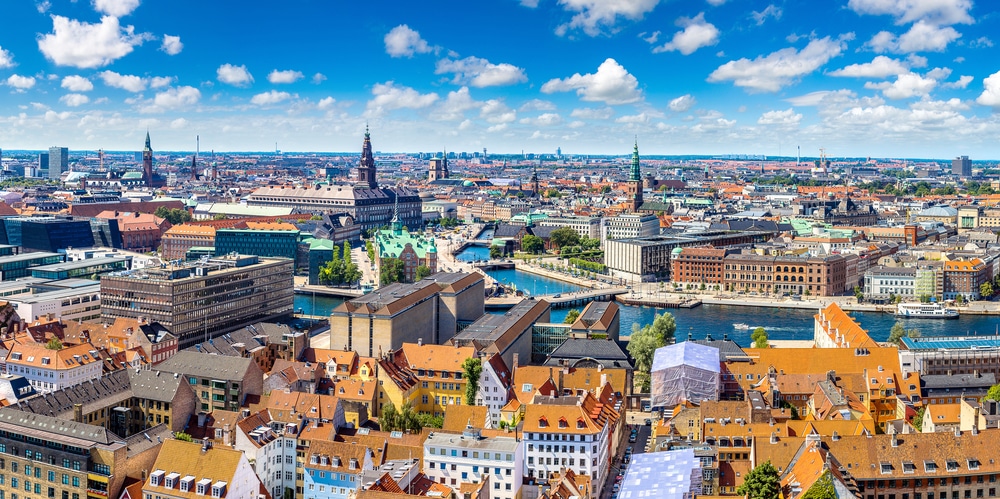- Home ›
- Denmark ›
- Copenhagen
The fact that something great can come from humble beginnings is demonstrated by the Botanical Garden in the Danish capital Copenhagen. Once upon a time, a few university students planted a few herbs in an open field at their school. The "Hortus Medicus" served research purposes at the time. The herbs were then harvested by a gardener who eventually convinced one of the professors to turn an allotment into a botanical jewel. In 1871 the time had come - members of the Danish Parliament planted the first tree in the old ramparts, and today the "Botanisk Have" is a real sight in the metropolis.
Models in England and Belgium
Experienced landscape architects were commissioned with the design of the Botanic Garden in its founding years. They took their cue from gardens on the British Isles as well as in Belgium and gradually created an exemplary complex worth seeing. Originally, the botanist Ole Worm had already advocated an extensive garden in 1620, but his plans were not implemented until 1769 under the reign of King Christian VII, who left part of the park of the adjacent Amalienborg Palace to the university.
Greenhouses with Arctic plants
From 1763 onwards, the Botanical Park, which was named after the German botanist, physician and social reformer Georg Christian von Oeder, was considerably extended. Greenhouses and a library were now located on 1.6 hectares. Thanks to an initiative of the wealthy brewery owner Jacob Christian Jacobsen, a palm house was also built. In addition, the university now operated a laboratory for cell biology, and the greenhouses became home to numerous alpine and arctic plants.In the cactus house, visitors admired exhibits from tropical regions and orchids from Thailand.
A palm house made of glass and steel
The Palm House of the Copenhagen Botanic Garden, with its interesting architecture of glass and steel, is today something like the visual centre of the extensive complex. A lush tropical and subtropical plant world is presented there in all seasons on around four thousand square metres. Around 20,000 flower varieties thrive in the open air - including plants from the Faroe Islands and Greenland. The Botanical Garden also has an extensive collection of carnivorous plants.
The garden is barrier-free
The only gene bank for wild plants has become a treasure trove for scientists and botanists. Native flowers now grow on the remains of the historic Copenhagen ramparts, and the abundance of flora and fauna is presented in the now 24 greenhouses and the Moraine Garden. The Botanical Garden includes a flower shop and café, as well as a library with valuable specialist literature. Between 2009 and 2012, the facility was modernized and is now barrier-free.
